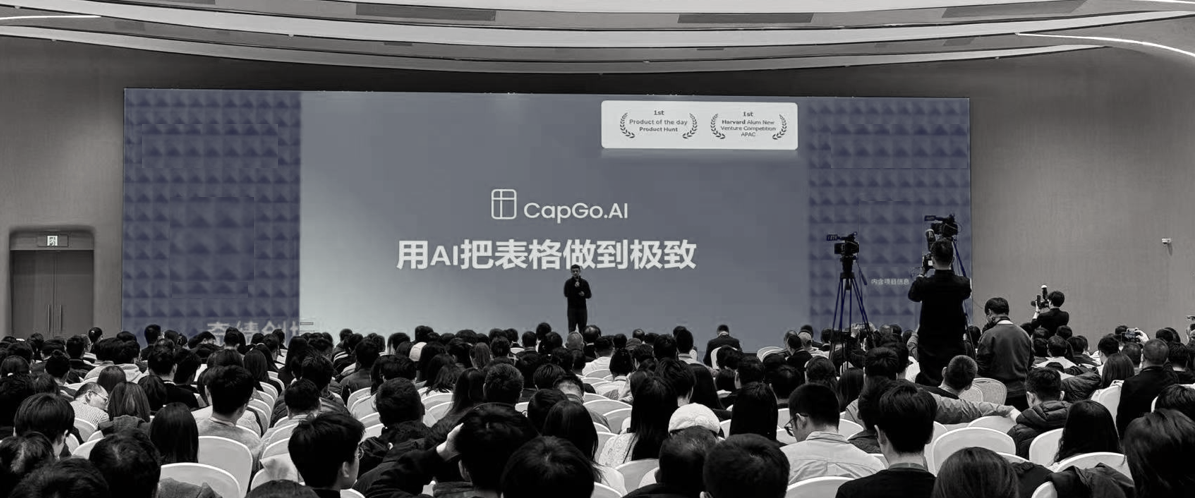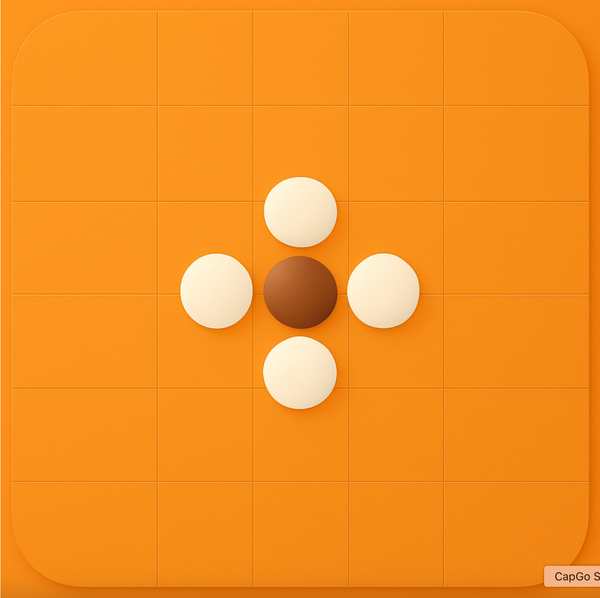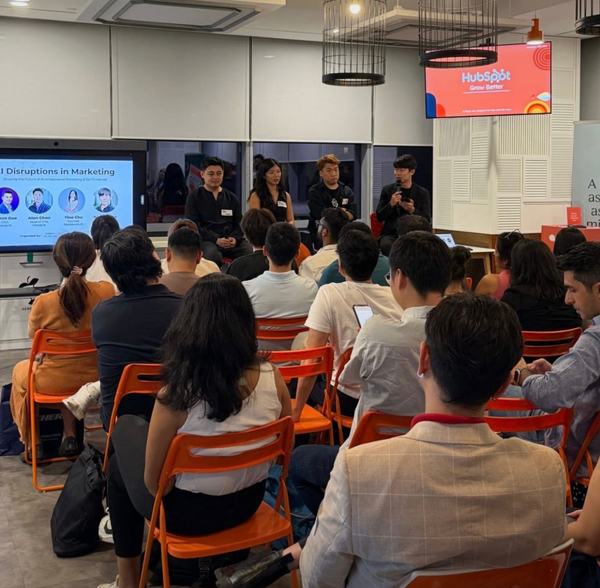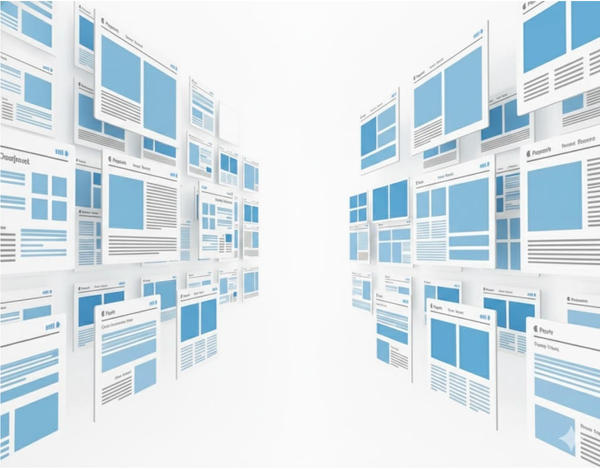Compare Programmatic SEO vs. Traditional SEO - Key Differences and Advantages by Expert

I have been working on programmatic SEO for many clients. Programmatic SEO and Traditional SEO both aim to improve the visibility of a website in search engine results, but they differ significantly in terms of approach, scale, automation, and strategies used.
Here’s a detailed comparison of the two:
1. Definition and Focus
- Programmatic SEO:
Programmatic SEO refers to using automated, data-driven methods to create large-scale, SEO-optimized content and strategies. It often involves utilizing algorithms, AI, and automation to scale content creation, keyword targeting, link-building, and overall SEO execution. The goal is typically to target thousands or even millions of keywords at once. - Traditional SEO:
Traditional SEO is a more manual and nuanced approach to optimizing a website for search engines. It involves keyword research, on-page optimization (like meta tags, headings, and content), off-page SEO (link-building), technical SEO (site speed, mobile-friendliness), and continuous content optimization. The process is often more focused on quality over quantity and works on a smaller, more personalized scale.
2. Scale and Automation
- Programmatic SEO:
Programmatic SEO is characterized by its high scalability. It allows marketers to target a vast number of keywords, create large volumes of content, and optimize various aspects of SEO through automation. For example, a website could automatically generate thousands of landing pages, each targeting different keyword combinations, without much human intervention. - Traditional SEO:
Traditional SEO tends to be more hands-on and works best for smaller to medium-scale websites or specific content types. It requires manual effort for content creation, on-page optimization, keyword research, link-building, and other activities. The process is usually slower and may not scale as easily or as quickly as programmatic SEO.
3. Content Creation and Optimization
- Programmatic SEO:
Content in programmatic SEO is often generated in bulk using templates or dynamic content generation tools. For example, websites can automate the creation of localized landing pages or product descriptions by combining pre-existing templates with data (e.g., product details, location, or category). This makes it possible to target long-tail keywords at scale. - Traditional SEO:
Content creation in traditional SEO is typically more personalized and focused on quality over quantity. Writers create unique, high-quality, and well-researched content tailored to specific user intents. Optimization strategies are more manual, and there's a greater focus on user experience, content quality, and ensuring the content addresses search intent in a deeper way.
4. Keyword Targeting and Research
- Programmatic SEO:
In programmatic SEO, keyword research can be highly automated and extensive, often relying on AI-powered tools to identify thousands of keywords, including niche or long-tail keywords. It can allow websites to quickly rank for a wide array of search terms that are often difficult to target manually. - Traditional SEO:
Traditional SEO relies heavily on manual keyword research, often through tools like Google Keyword Planner, Ahrefs, SEMrush, etc. The keyword targeting process is slower but more focused on high-quality, targeted keywords that align well with user intent and the site’s content strategy.
5. Link Building
- Programmatic SEO:
Link-building in programmatic SEO often involves using automated tools or scripts to acquire links from high-authority websites. In some cases, this can be part of larger-scale campaigns, like outreach at scale, or generating internal linking structures for massive content sets. - Traditional SEO:
Traditional SEO’s link-building tends to be more organic and involves building relationships with other websites. This may include guest posting, creating link-worthy content (like infographics or research), outreach, and leveraging existing networks. It’s a slower but more natural process aimed at building high-quality backlinks.
6. Technical SEO
- Programmatic SEO:
Programmatic SEO can automate a lot of technical SEO tasks. For example, automated tools can check for broken links, optimize meta tags, improve site structure, and manage XML sitemaps for a large number of pages. Large websites can leverage machine learning algorithms to handle technical optimizations in real time. - Traditional SEO:
Traditional SEO still emphasizes the importance of manual technical work, like optimizing site speed, mobile optimization, ensuring crawlability, fixing duplicate content, improving core web vitals, etc. While some of these tasks can be automated, a traditional SEO approach often involves more ongoing manual effort to monitor technical health.
7. User Experience (UX) and Engagement
- Programmatic SEO:
Programmatic SEO sometimes sacrifices user experience (UX) in favor of scaling. This is because it focuses on ranking for a large number of keywords and generating content quickly, which may not always result in the best user experience. However, with advances in AI, programmatic approaches are improving in delivering content that better matches user intent. - Traditional SEO:
Traditional SEO places a strong emphasis on user experience. This includes page load speed, mobile responsiveness, intuitive navigation, and content designed to meet user intent. The content and site design are created with the end user in mind, often resulting in better engagement metrics like time on page, bounce rates, and conversions.
8. Speed and Efficiency
- Programmatic SEO:
The automation and use of algorithms make programmatic SEO very fast and efficient, particularly when it comes to targeting a vast number of keywords or creating bulk content. However, the quality of the content may vary, and it requires constant monitoring to ensure that the automated processes align with SEO best practices. - Traditional SEO:
Traditional SEO is generally slower, especially when it comes to manual tasks like content creation, keyword targeting, and link-building. However, since it often focuses more on quality, the results can be more sustainable and higher-impact in the long term.
9. Cost and Resources
- Programmatic SEO:
The main cost in programmatic SEO often lies in the tools, AI, and automation platforms used. These tools can require a substantial upfront investment but can save time and resources in the long run, especially for large websites. It can be very cost-effective for scaling SEO efforts. - Traditional SEO:
Traditional SEO can be more resource-intensive in terms of time, human labor, and expertise, as it requires skilled SEO professionals to perform tasks like keyword research, content creation, on-page optimization, and link-building. However, it can be more manageable for smaller websites or businesses with limited resources.
10. Suitability
- Programmatic SEO:
Programmatic SEO is ideal for large websites, e-commerce stores, or platforms with a vast amount of data or products to be indexed, such as job boards, real estate sites, and travel aggregators. It’s most effective when you need to target many niche long-tail keywords or generate a high volume of SEO-optimized content quickly. - Traditional SEO:
Traditional SEO is better suited for smaller to medium-sized businesses, blogs, or websites that prioritize high-quality content, personalization, and a more thoughtful approach to SEO. It's effective when building a brand and focusing on long-term, sustainable growth.
Conclusion
- Programmatic SEO is data-driven, scalable, and highly efficient, suitable for large-scale websites that require quick and automated SEO processes.
- Traditional SEO is more manual, qualitative, and focused on optimizing a smaller number of pages or content types. It's better for businesses looking to build long-term authority, trust, and engagement.
Use CapGo.AI to automate the whole process
Steps:
- Go to CapGo.AI and input your business model and target audience
- AI agent will do everything for you: generate a list of 100+ titles, relevant keywords, titles, and blog content in bulk in our table
- Upload all the content to your blog site in one click!



